
Food spoilage is a process of decay of the organic matter taking place naturally. We can notice food spoilage by our senses. Process of food spoilage is exhibited in several ways. Through our sense of smell we recognize first symptom of food spoilage. Therefore, food should be thrown away as soon as it begins to spread bad odor. Apart from that, food can sometimes absorb the smells from other food or filthy refrigerators, becoming as repulsive as spoiled food is. Nowadays, there are various products offered to prevent odor transfer. Also there are air filters and purifiers for refrigerator. Certain foods, like cheese and meat, can be deteriorated in controlled conditions to remain eatable.Food Spoilage is a Natural Process
Food changes can occur due to several elements. First of all air, more precisely oxygen, is involved in the process. Namely, oxygen makes 20% of air and this element has damaging effects on living organisms. In order to fight these, most organisms produce antioxidants that are binding free radicals, eliminating harmful effects of oxygen. Flesh that is exposed to air can develop microorganism colonies, like mold and bacteria, which is responsible for spoilage of food. Sometimes, even small amounts of bacteria can be in certain level poisonous for us. Vegetables start to spoil due to oxidizing enzymes, such as catase and peroxidase. These enzymes accelerate process of deterioration. Even though they can be removed by blanching, if these enzymes are combined with mold and bacteria, the vegetables must be discarded.Next, water is a part of the food deterioration process, too. Organisms mainly consist of water, being chemically bound to other substances. The level of fluids in and around cells is controlled by process called homeostasis. After cessation of the process, the flesh comes in contact with moisture, which then absorbs the water and bacteria start multiplying. As a product, food spoilage occurs. This can be prevented by dehydration, adding preservatives or freezing.
Light triggers food spoilage as well. Basically, photo degeneration is deterioration of food caused by ultra violet and infra red light that have harmful effects on both living and dead tissue. When exposed to light, pigments, fats, proteins and many vitamins can be changed in the food we consume, triggering the deterioration.
As it was mentioned above, all living organisms have mechanisms, like immune system and homeostasis, to defend themselves from microbes, which can damage many forms of tissue.
Deterioration of food can be prevented by controlled environmental conditions, such as freezing and cooking. By cooking process chemical reactions are stopped and bacteria are destroyed.
Also, control of heat maintains vitamins and nutritious value of food. Moreover, the freezing process must also be controlled to prevent loss of valuable properties of vegetables and meat.
Benefits of Silicon Dioxide in Food
Silicon dioxide or silica is important for healthy bones, skin, nails and hair. In fact lack of silicon could cause arthritis and osteoarthritis. Also, silicon has been found helpful in preventing the Alzheimer’s disease. Because of all these facts it is essential that we incorporate food rich in this substance in our everyday menu.
Due to the benefits mentioned above, silicon dioxide is used as an additive for the powdered and processed food and pharmaceutical tablets. Here, silicon dioxide is an anti-caking agent, preventing the binding of the components. It can be added to the common salt as the anti-caking agent or to chips, increasing the taste of it. When using silicon dioxide as a food additive, it is important that less than 2% of the weight is silicon and that the silicon is produced by the process of vapor phase hydrolysis. Food that does not match these criteria is not considered safe enough for being consumed.
Whole grains, in particular: barley, oats and brown rice are known as the sources of silicon and they could increase your silicon daily intake incredibly. Additionally, different nuts are rich in all minerals, including silicon dioxide, while peanuts and almonds are proven to contain high amounts of silicon as well.
Fruits are naturally full of silicon, especially apples, cherries, oranges, plums, raisins and grapes. As for vegetables, the green ones also contain plenty of this substance. Consume more beans, peas, cucumbers, raw cabbage and celery, to provide plenty of silicon dioxide to your body.
All in all, the food we consume is prone to deterioration triggered by many different factors, most of which are closely related to the environment around us. For these reasons, the food spoilage process is considered to be natural. Yet, some factors can contribute to food qualities and the health benefits this kind of food possesses. One of these is silicon dioxide.
So, in order to stay healthy and get the most out of your food, focus on eating food while it is fresh and adding healthy, silicone dioxide-rich food into your daily diet.


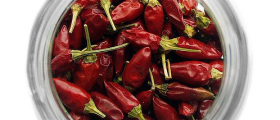


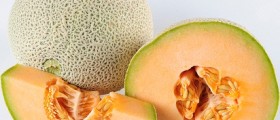
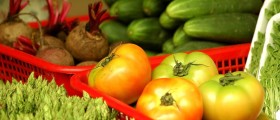





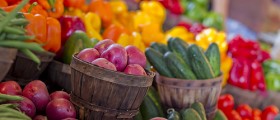
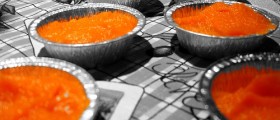



Your thoughts on this
Loading...